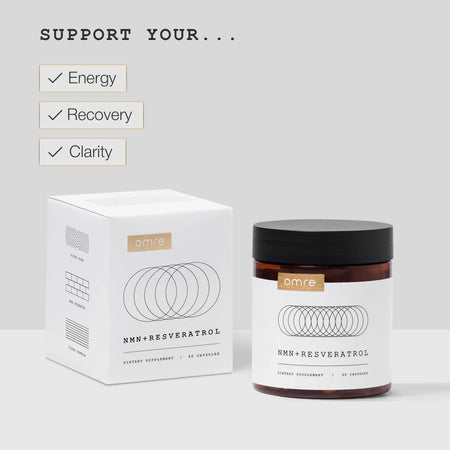Aging spots, also known as liver spots or solar lentigines, are flat, brown, or black spots that typically appear on sun-exposed areas of the skin, particularly the face, hands, shoulders, and arms. As we age, these spots become more prevalent, prompting many to seek answers regarding their causes and how to prevent or treat them. In this article, we will delve into what causes aging spots, the factors that contribute to their development, and ways to manage them effectively.
What causes aging spots?
Aging spots are primarily caused by prolonged exposure to ultraviolet (UV) light from the sun or artificial sources like tanning beds. UV light triggers an increase in melanin production, which is the pigment responsible for the color of our skin. Over time, this excess melanin can result in the formation of flat, discolored patches on the skin known as aging spots. Other contributing factors include hormonal changes, genetics, and skin type.
The role of sun exposure
Sun exposure is the leading cause of aging spots. When UV rays penetrate the skin, they damage skin cells and stimulate the production of melanin as a natural defense mechanism. This overproduction of melanin is what leads to the formation of dark spots. Even short periods of sun exposure can contribute to skin damage over time, especially for those with fair skin who are more susceptible to UV damage.
Genetics and aging spots
Genetics also play a significant role in the development of aging spots. If your parents or grandparents had prominent aging spots, you may be more likely to develop them as well. Certain skin types are predisposed to developing these spots due to their natural pigmentation levels, making some individuals more vulnerable than others.
Hormonal changes and aging spots
Hormonal changes, particularly those related to pregnancy or hormonal therapies, can also contribute to the appearance of aging spots. Women may notice an increase in pigmentation during pregnancy, often referred to as the "mask of pregnancy" or melasma. This condition can lead to dark patches on the face and other areas, which may persist even after pregnancy.
Other contributing factors
Besides sun exposure, genetics, and hormonal changes, other lifestyle factors can contribute to the development of aging spots. These include:
- Smoking: Smoking can accelerate skin aging and contribute to the formation of spots by impairing blood flow and reducing the skin's ability to heal.
- Diet: A diet lacking in antioxidants and essential nutrients can affect skin health, making it more susceptible to damage and discoloration.
- Skin care products: Some skincare products containing harsh chemicals can irritate the skin, potentially leading to increased pigmentation.
Prevention of aging spots
Preventing aging spots involves adopting healthy lifestyle habits and protective measures. Here are some effective strategies:
- Use sunscreen: Apply a broad-spectrum sunscreen with an SPF of at least 30 daily, even on cloudy days. Reapply every two hours when outdoors.
- Avoid tanning beds: Steer clear of artificial tanning methods, as they can significantly increase the risk of developing aging spots.
- Wear protective clothing: When outside, wear hats, long sleeves, and sunglasses to shield your skin from UV exposure.
- Maintain a healthy diet: Incorporate a diet rich in antioxidants, vitamins, and minerals to support overall skin health.
Treatments for aging spots
While prevention is key, there are several treatments available for those who wish to reduce the appearance of aging spots:
- Topical treatments: Over-the-counter creams containing ingredients like hydroquinone, retinoids, or vitamin C can help lighten dark spots.
- Chemical peels: These treatments exfoliate the skin, promoting the growth of new, even-toned skin.
- Laser therapy: Laser treatments can target and break down melanin deposits in the skin, effectively reducing the appearance of spots.
- Cryotherapy: This method involves freezing the aging spots with liquid nitrogen, causing them to fade or disappear.
When to see a dermatologist
If you notice changes in the size, shape, or color of existing spots, or if new spots develop rapidly, it is crucial to consult a dermatologist. These changes can sometimes indicate skin conditions that require medical attention, including skin cancer.
In conclusion, aging spots are primarily caused by sun exposure, genetics, and hormonal changes, among other factors. While they are generally harmless, they can be a cosmetic concern for many. By adopting preventive measures and exploring treatment options, individuals can effectively manage the appearance of aging spots and maintain healthier skin as they age.
Stay Sharp, Stay Energized, Stay Ahead
Aging doesn’t have to slow you down. NMN + Resveratrol is your key to sustained energy, sharper focus, and long-term vitality. Whether you're a high performer pushing boundaries, a biohacker optimizing every aspect of life, or a parent looking to keep up with the demands of daily life, this powerful combination fuels your body at the cellular level.
Backed by science and trusted by those who refuse to settle for average aging, NMN + Resveratrol helps you stay ahead—today, tomorrow, and for years to come.
Experience the benefits for yourself. Start your journey to better aging now!
Try NMN + Resveratrol Today!
NMN + RESVERATROL
Cellular NAD+ booster with ultra‑pure NMN and Resveratrol, at research‑backed doses.*
Read more:


